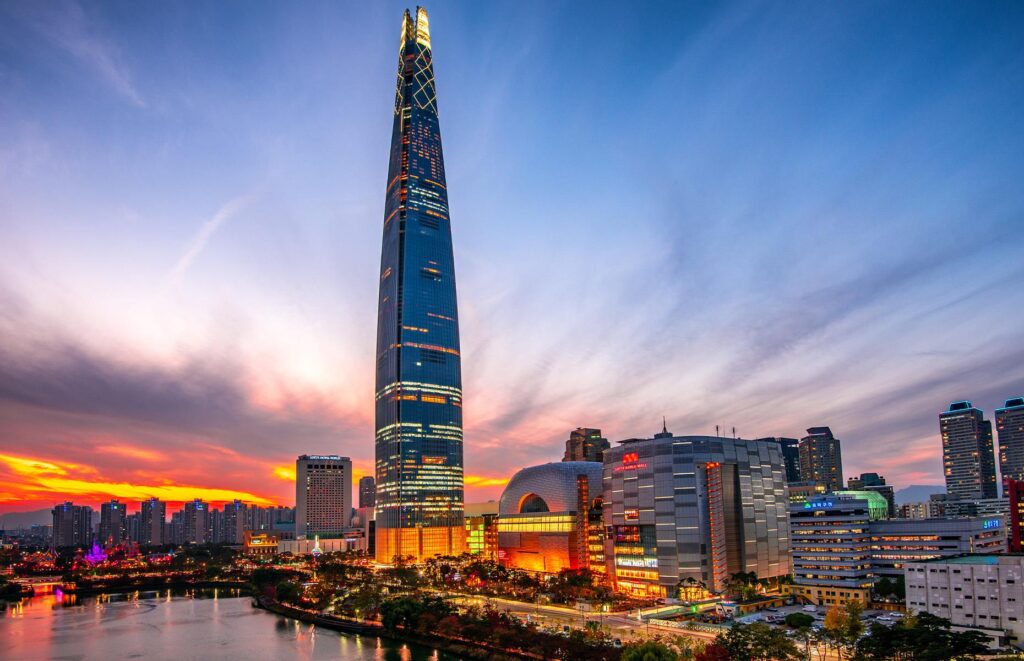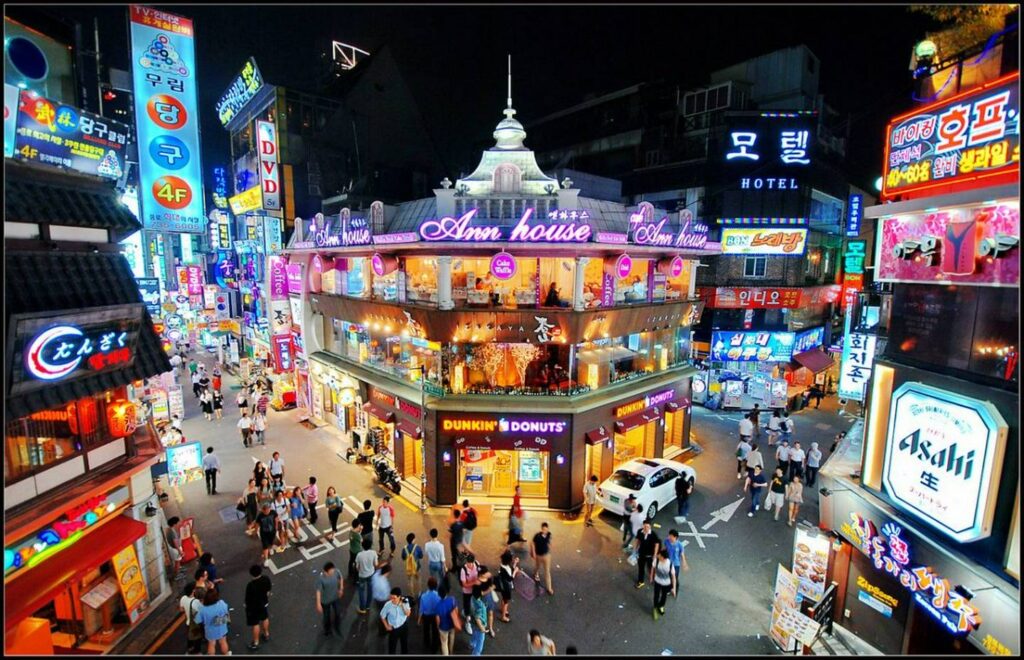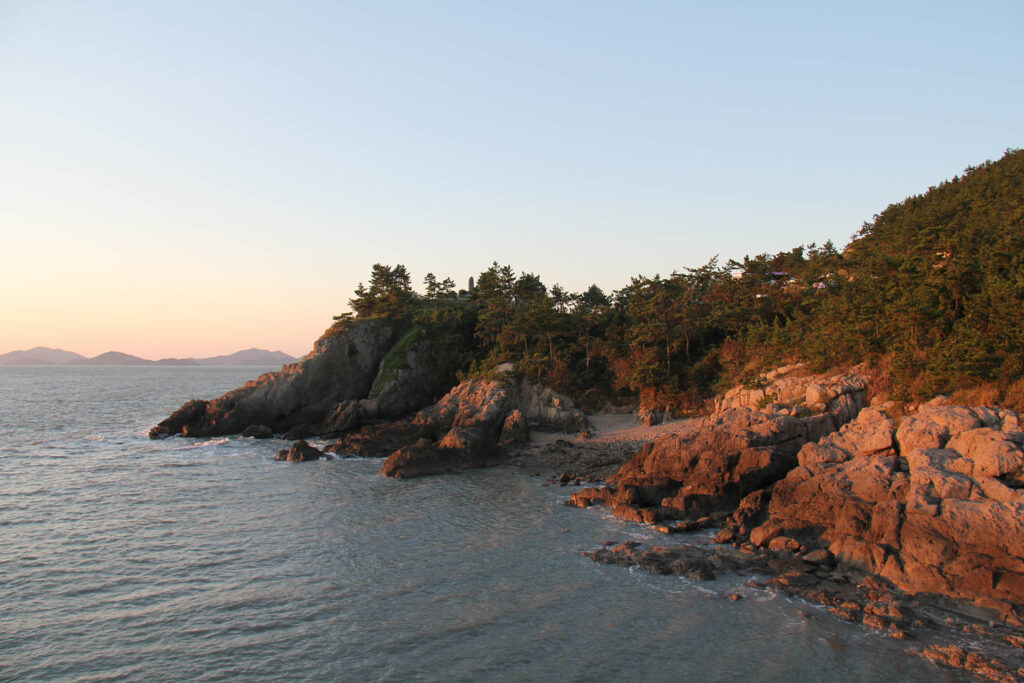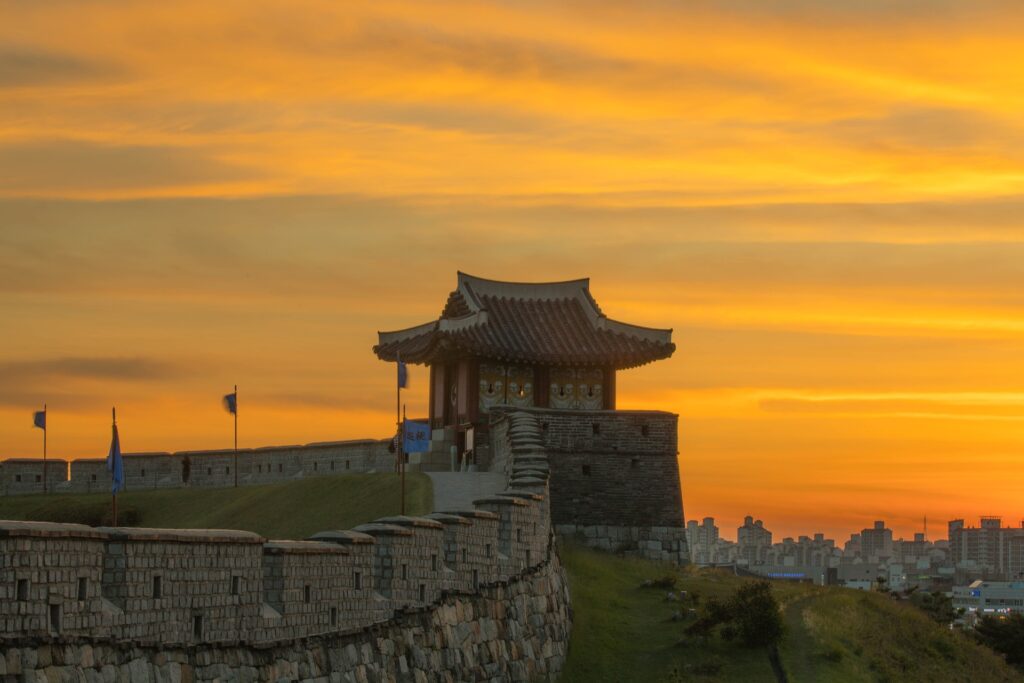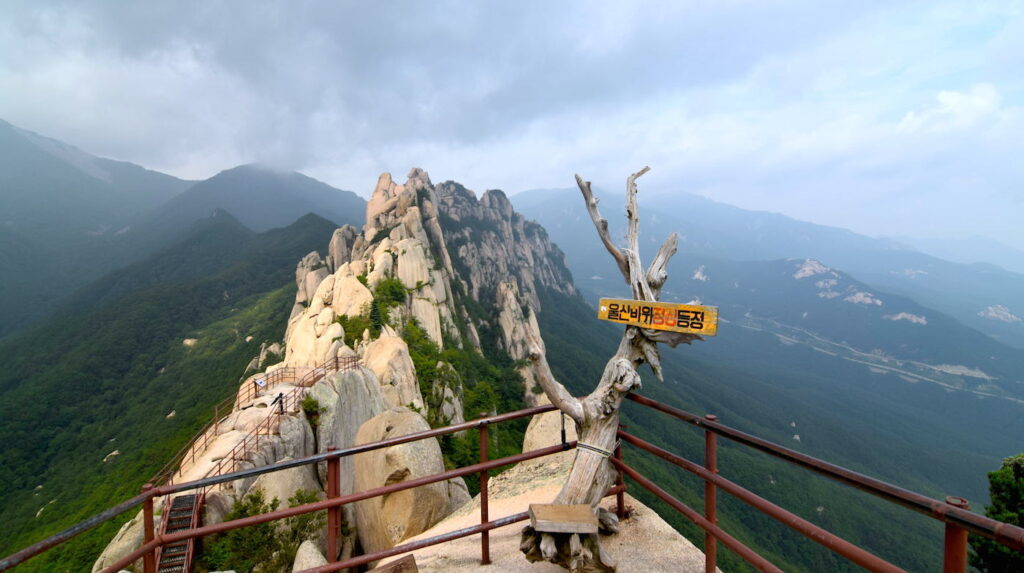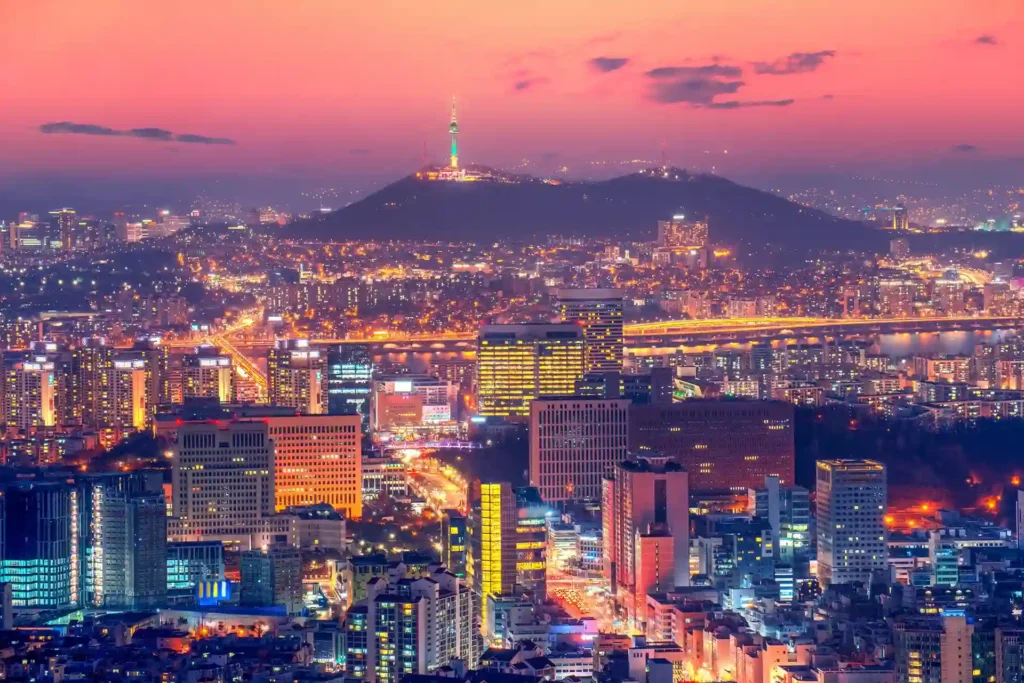Introducing the blue house
The Blue House, or Cheong Wa Dae, is the executive office and official residence of the President of South Korea. Nestled at the foot of Bugaksan Mountain in Seoul, this iconic building is a significant symbol of the nation’s leadership and political history. This article will delve into the history, architectural significance, cultural importance, and visiting information for the Blue House, providing a comprehensive overview of one of South Korea’s most important landmarks.
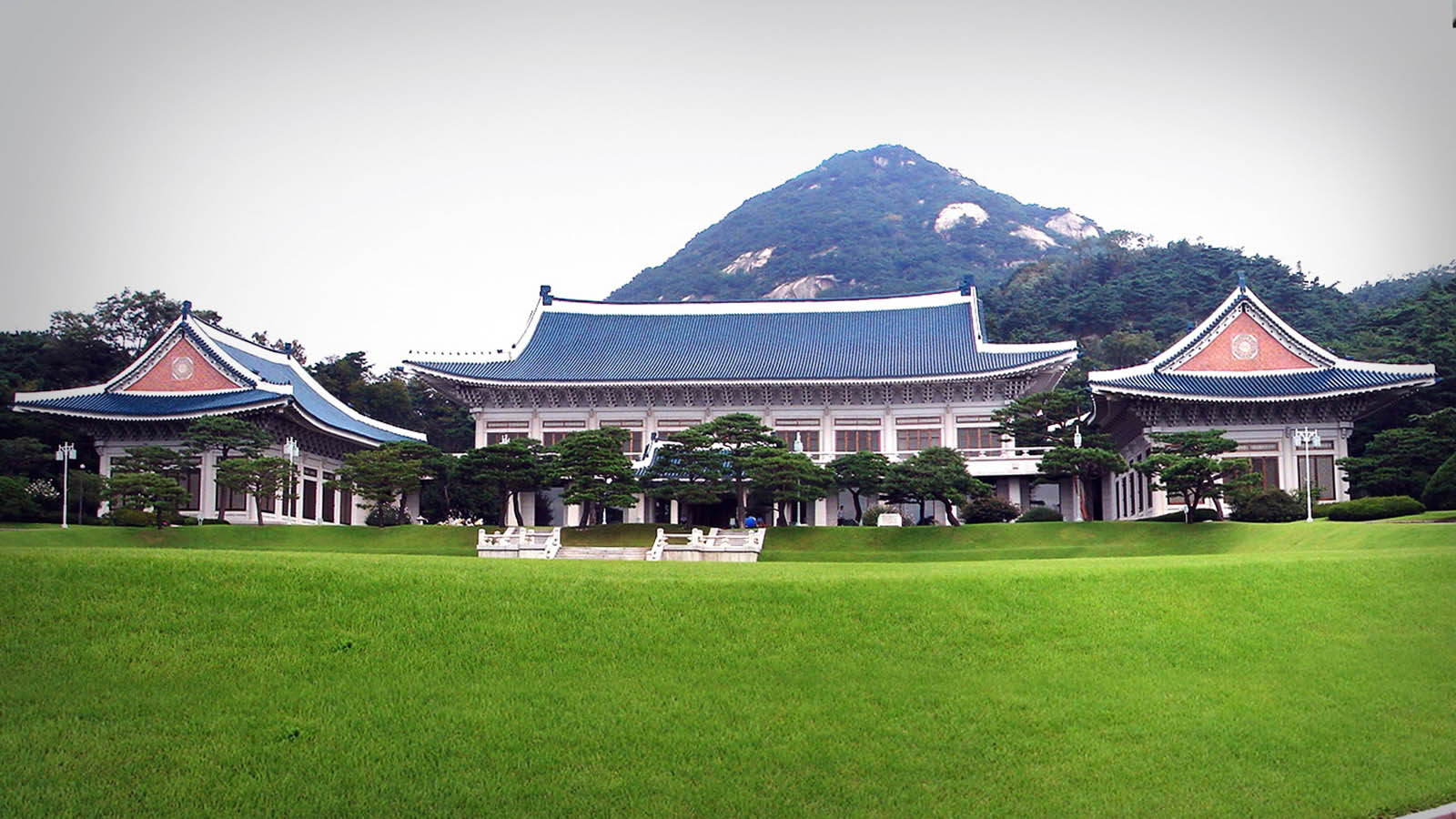
Historical Background of the Blue House
Origins and Early History
The site of the Blue House has a rich history that predates its current role as the presidential residence. The location was originally the site of a royal villa during the Goryeo Dynasty (918-1392) and continued to be used by the Joseon Dynasty (1392-1910).
Gyeongmudae: The Royal Villa
During the Joseon Dynasty, the area was known as Gyeongmudae, a place of rest and recreation for the royal family. The serene surroundings and scenic views made it an ideal location for a royal retreat.
Japanese Occupation and Post-Liberation
During the Japanese occupation of Korea (1910-1945), the site was used by the Japanese Governor-General. Following Korea’s liberation in 1945, it became the official residence of the South Korean president.
Naming and Construction
The name “Cheong Wa Dae” (Blue House) was inspired by the building’s distinctive blue-tiled roof, which symbolizes peace and stability. The main building was constructed in 1991, replacing older structures and incorporating traditional Korean architectural styles.
Architectural Significance
Traditional Korean Architecture
The Blue House is a quintessential example of traditional Korean architecture, characterized by its elegant design, natural harmony, and use of traditional materials.
The Blue Roof Tiles
The most striking feature of the Blue House is its blue roof tiles, made from traditional Korean giwa (tiles). These tiles are meticulously crafted and baked at high temperatures to achieve their distinctive color and durability. The blue color represents stability, peace, and the Korean spirit.
Hanok Style
This house is designed in the hanok style, which emphasizes harmony with nature. The structure includes wooden beams, curved roofs, and expansive courtyards, reflecting traditional Korean aesthetics.
Modern Functionalities
While the Blue House retains its traditional exterior, it is equipped with modern amenities and facilities to serve its function as the executive office of the president.
Interior Design
The interior of the Blue House blends traditional elements with contemporary design. It includes state-of-the-art facilities for administrative functions, meetings, and receptions, ensuring it meets the demands of modern governance.
Key Buildings and Structures
This house complex comprises several key buildings, each serving a specific purpose. These include the Main Office, Reception Hall, and the Presidential Residence.
Main Office (Bon-gwan)
The Main Office is where the president conducts official duties, holds meetings, and receives foreign dignitaries. It is the nerve center of South Korea’s executive branch.
Reception Hall (Yeongbingwan)
The Reception Hall is used for official ceremonies, banquets, and events. It showcases traditional Korean art and design, providing a cultural backdrop for state functions.
Presidential Residence
The Presidential Residence is the private living quarters for the president and their family. It is designed to offer comfort and privacy while maintaining security.
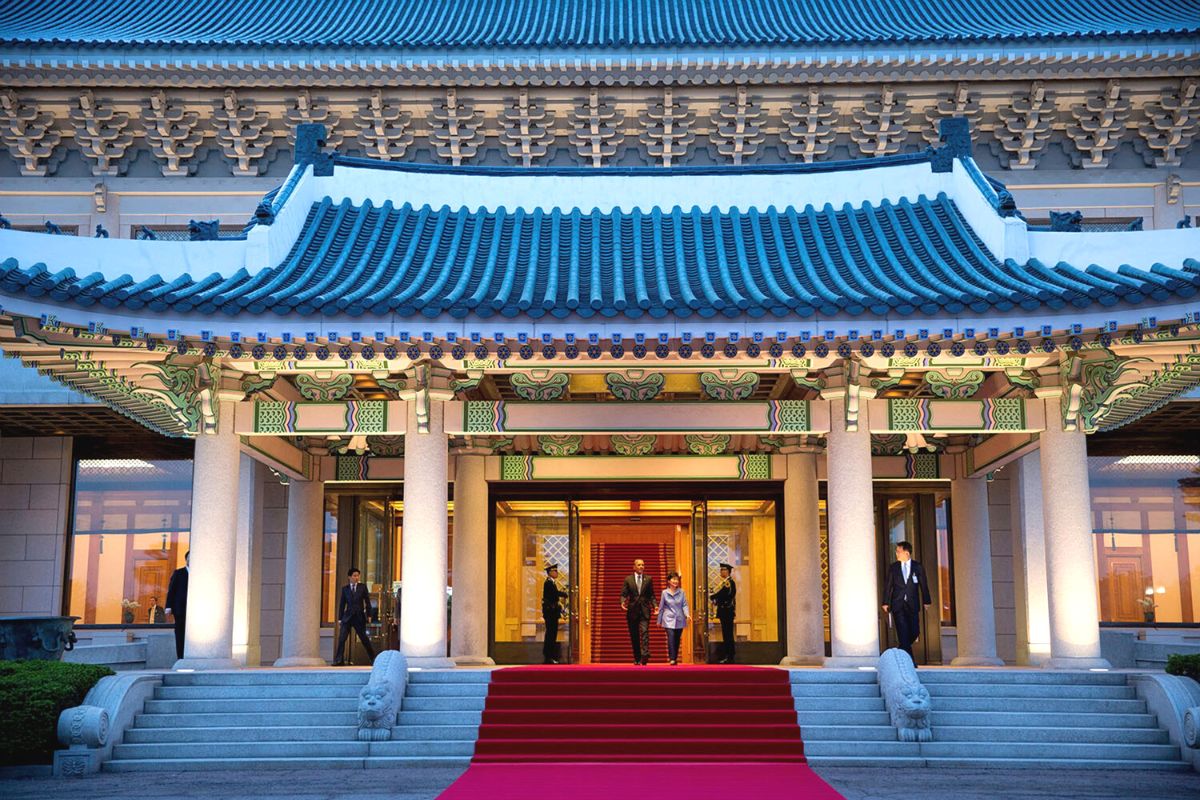
Cultural and Political Importance
Symbol of Leadership
This beautiful House is more than just a residence; it is a powerful symbol of South Korean leadership and governance. It represents the authority of the president and the democratic values of the nation.
Presidential Activities
The Blue House is the site of crucial presidential activities, including policy announcements, national addresses, and diplomatic engagements. The president’s actions and decisions made here have far-reaching implications for the country and its people.
Historical Events
Over the years, the Blue House has been the backdrop for numerous significant historical events, shaping the course of South Korea’s modern history.
Assassination Attempts and Political Turmoil
The Blue House has witnessed periods of political turbulence, including assassination attempts and political protests. These events underscore the complex and often challenging nature of South Korea’s political landscape.
Diplomatic Milestones
The Blue House has hosted numerous high-profile diplomatic meetings, contributing to international relations and peace efforts. Notable visits by foreign leaders and summits have taken place here, highlighting its role in global diplomacy.
Public Perception
The Blue House holds a special place in the hearts of South Koreans. It is a source of national pride and a symbol of the country’s resilience and progress.
Media and Representation
The Blue House is frequently featured in media, from news broadcasts to cultural programs. Its image is often used to represent the nation’s political stability and cultural heritage.
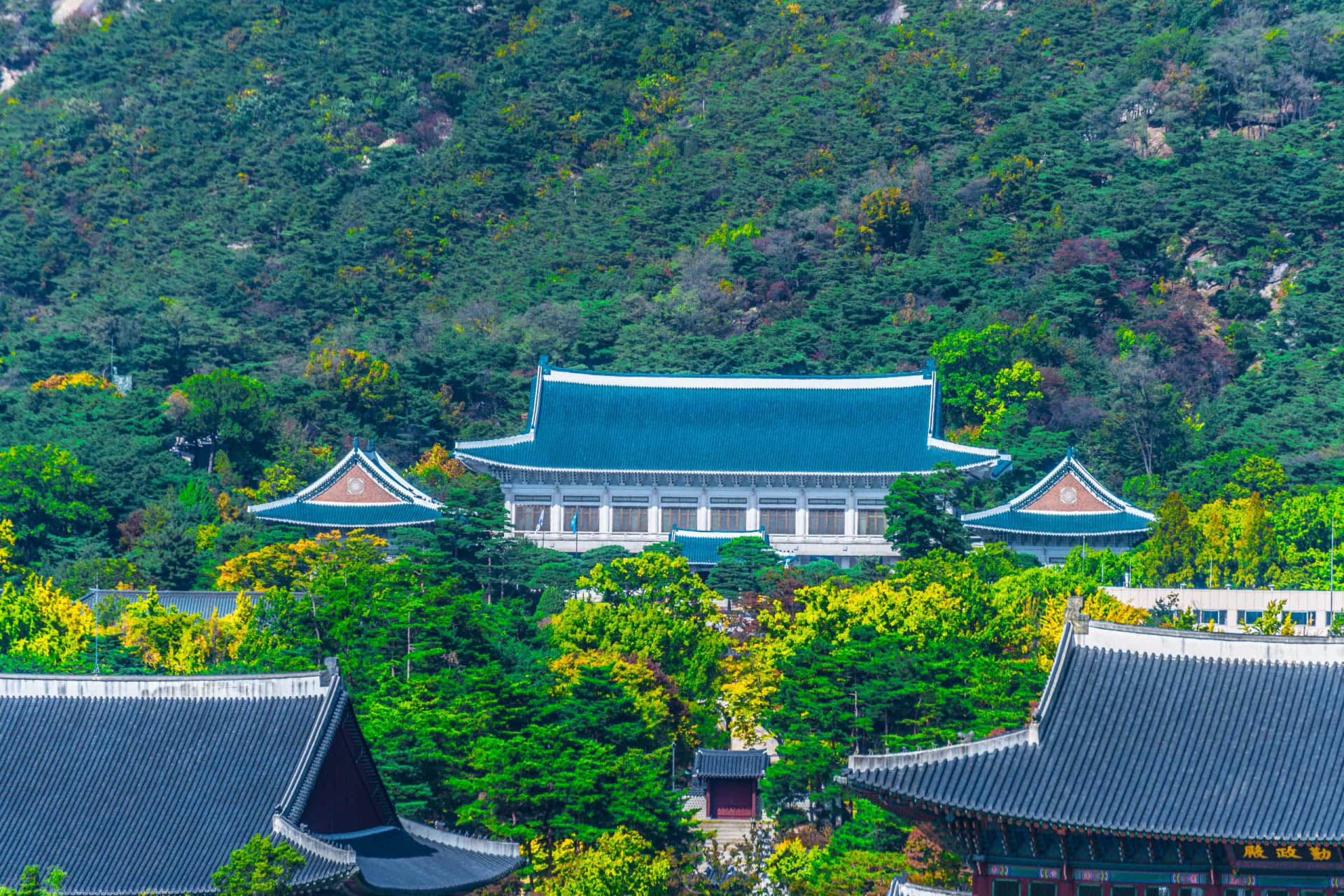
Visiting the Blue House
Public Tours
The Blue House offers public tours, allowing visitors to explore its grounds and learn about its history and functions. These tours are highly popular and provide a unique glimpse into the heart of South Korean leadership.
Tour Highlights
Visitors can tour various parts of the Blue House complex, including the Main Office, Reception Hall, and gardens. The tours are informative and offer insights into the architectural and cultural significance of the site.
Booking and Accessibility
Tours must be booked in advance through the official Blue House website. Due to security measures, visitors are required to provide identification and undergo a security screening. Tours are conducted in Korean, but audio guides in multiple languages are available.
Nearby Attractions
The Blue House is located in a culturally rich area of Seoul, with several nearby attractions worth visiting.
Gyeongbokgung Palace
Adjacent to the Blue House is Gyeongbokgung Palace, the largest of the Five Grand Palaces built during the Joseon Dynasty. Visitors can explore its grand halls, beautiful gardens, and cultural exhibitions.
Bugaksan Mountain
Behind the Blue House lies Bugaksan Mountain, offering scenic hiking trails and panoramic views of Seoul. The mountain is also home to the Seoul Fortress Wall, a historic fortification.
Seochon Village
Seochon Village, located near the Blue House, is a charming neighborhood known for its traditional hanok houses, trendy cafes, and art galleries. It’s a great place to experience Seoul’s blend of old and new.

The Blue House in Modern South Korea
Political Role
The Blue House continues to play a central role in South Korea’s political life. It is the site where key decisions are made, policies are formulated, and national addresses are delivered.
Current Presidency
Under each administration, the Blue House adapts to the leadership style and priorities of the sitting president. It remains a place where the nation’s future is shaped.
Cultural Significance
Beyond its political role, the Blue House is a cultural icon. It embodies the nation’s heritage and serves as a symbol of continuity and change.
Art and Heritage
This house showcases traditional Korean art and culture, from its architectural design to the artworks displayed within. It promotes Korean heritage and fosters national pride.
Future Prospects
As South Korea continues to evolve, the Blue House will undoubtedly remain a key institution, balancing tradition and modernity while leading the nation into the future.
Preservation Efforts
Ongoing preservation efforts ensure that the Blue House retains its historical and cultural significance. These efforts include maintaining the architectural integrity of the buildings and promoting public awareness of its importance.
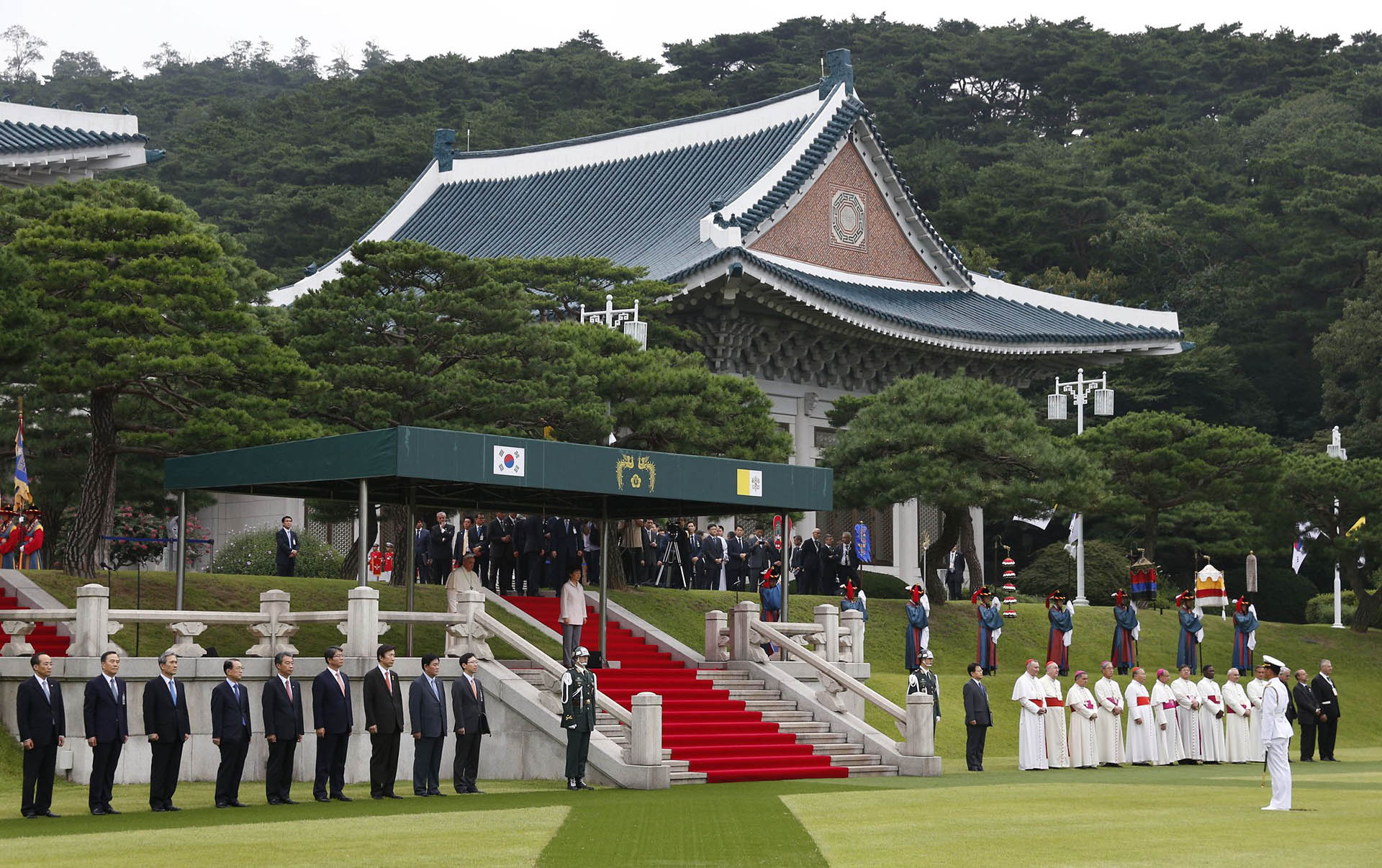
Conclusion
This beautiful house stands as a testament to South Korea’s rich history, dynamic present, and promising future. It is more than a presidential residence; it is a symbol of leadership, cultural heritage, and national pride. Whether through its architectural beauty, historical significance, or role in modern governance, the Blue House continues to captivate and inspire. Visitors to South Korea should not miss the opportunity to explore this iconic landmark and gain a deeper understanding of the country’s past and present.


